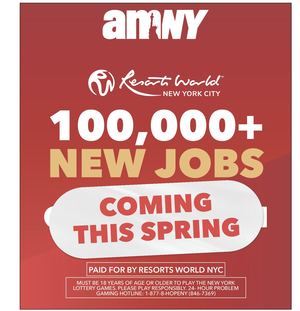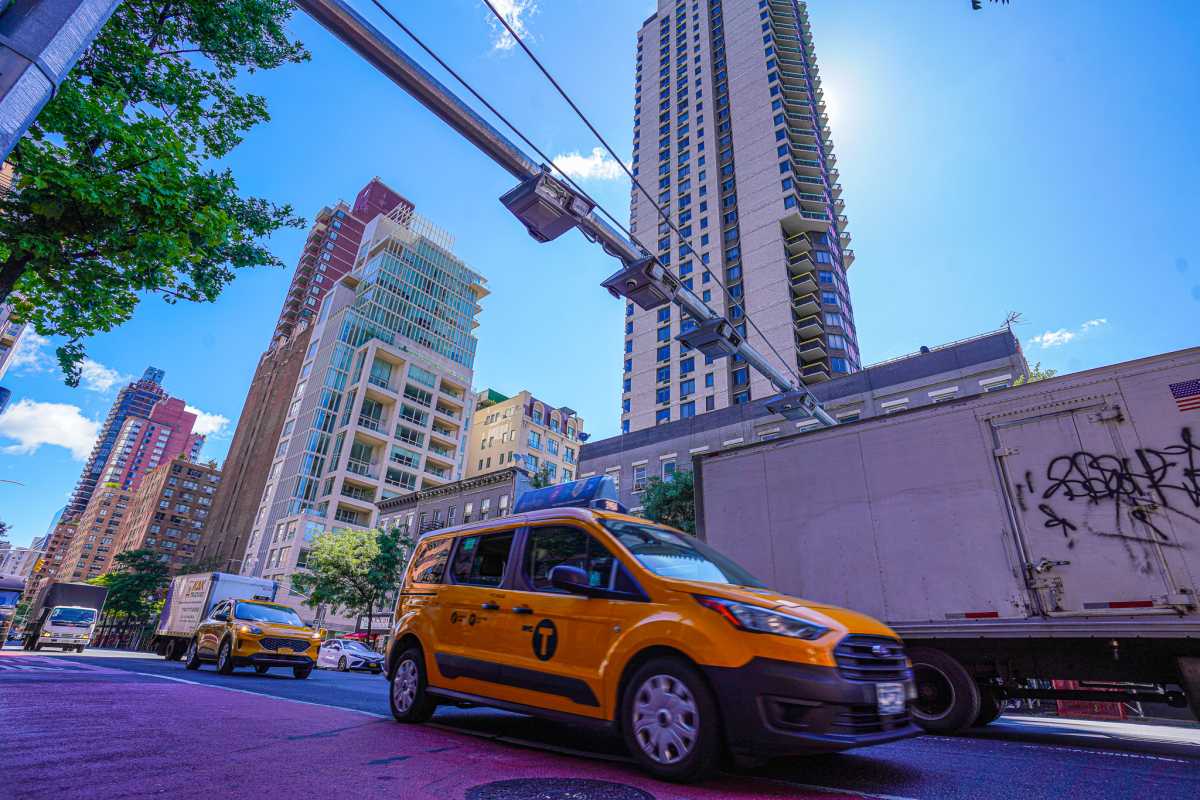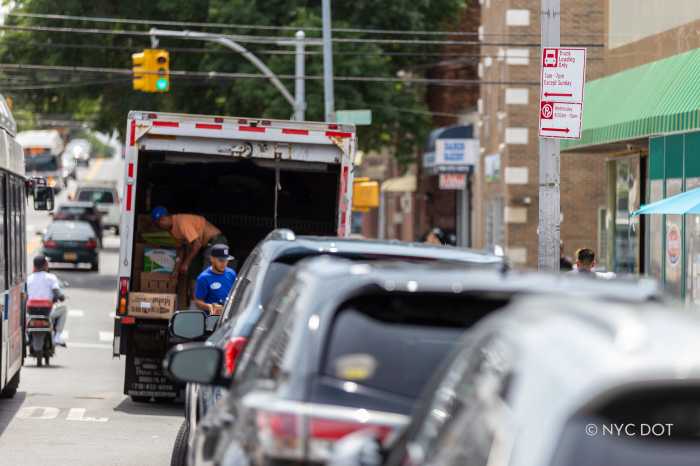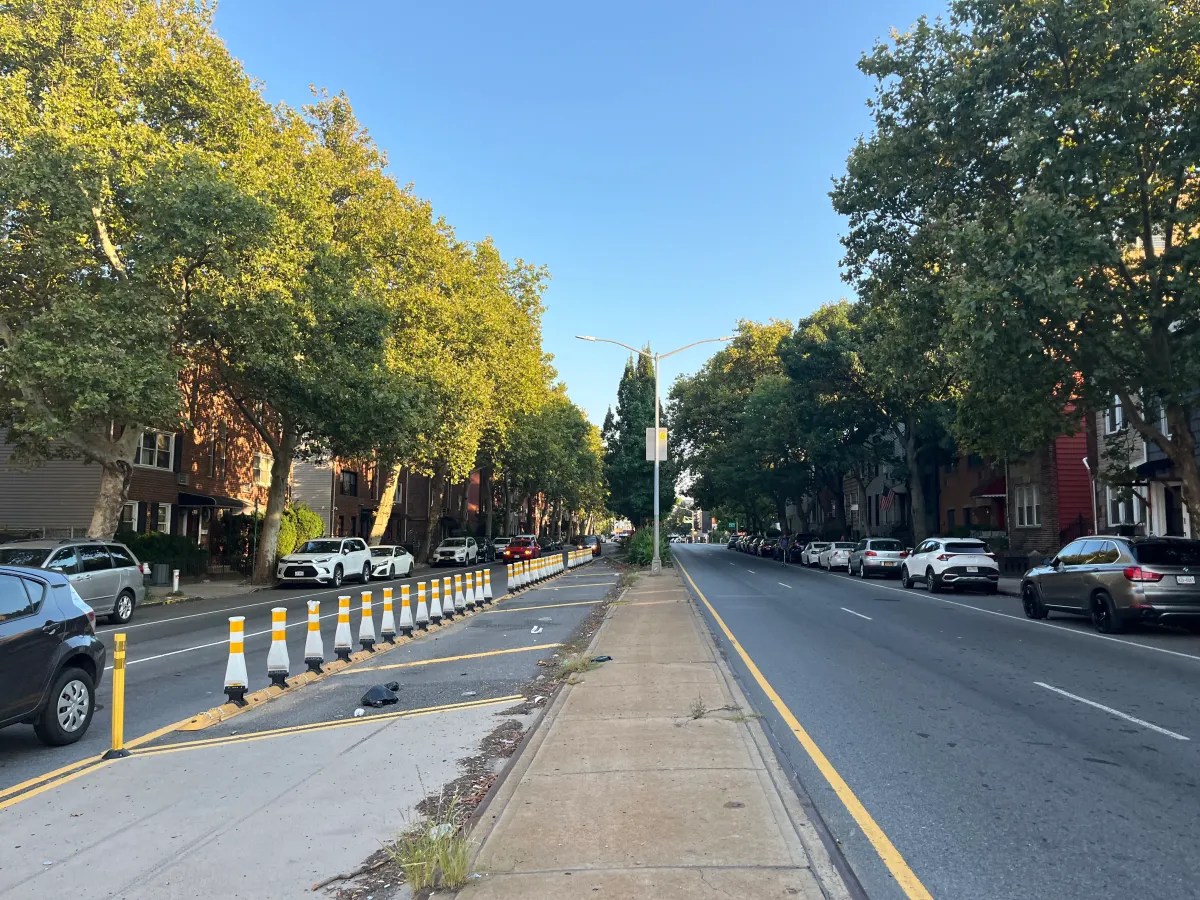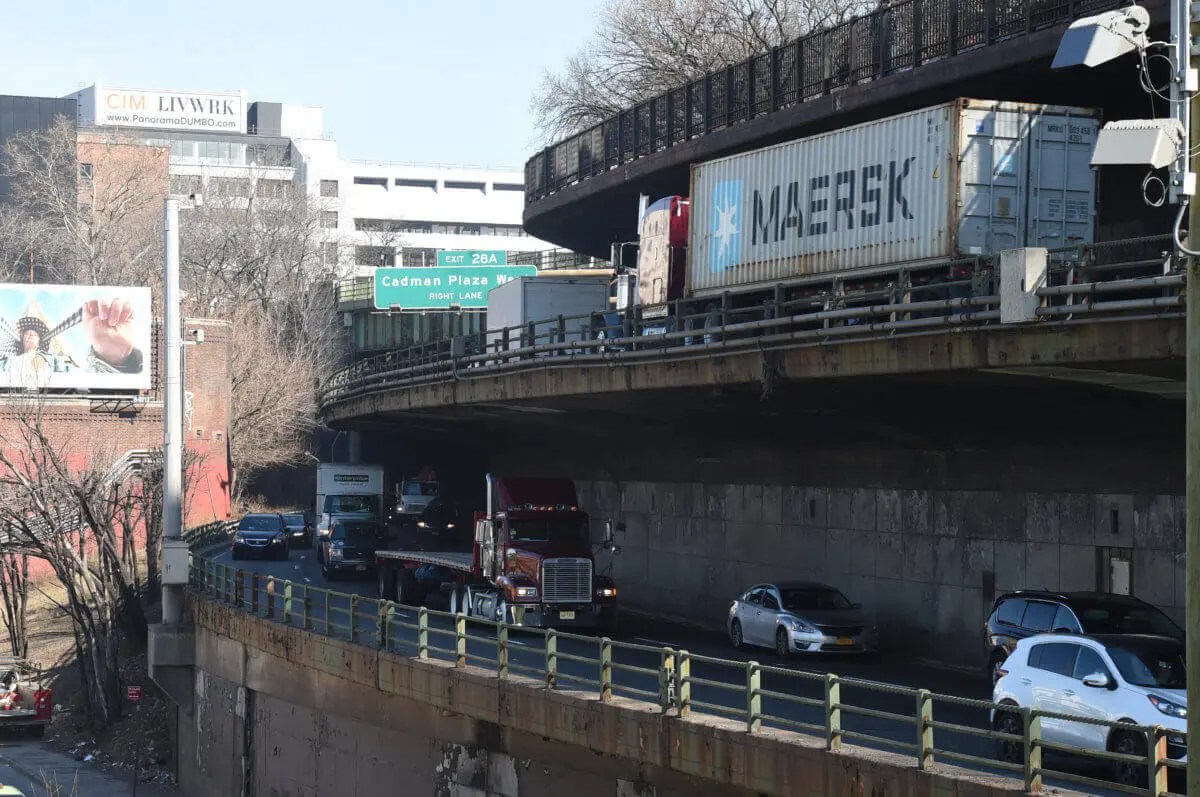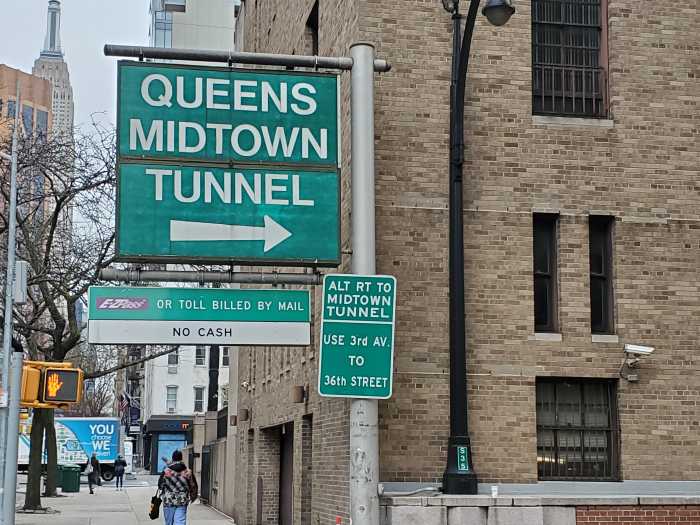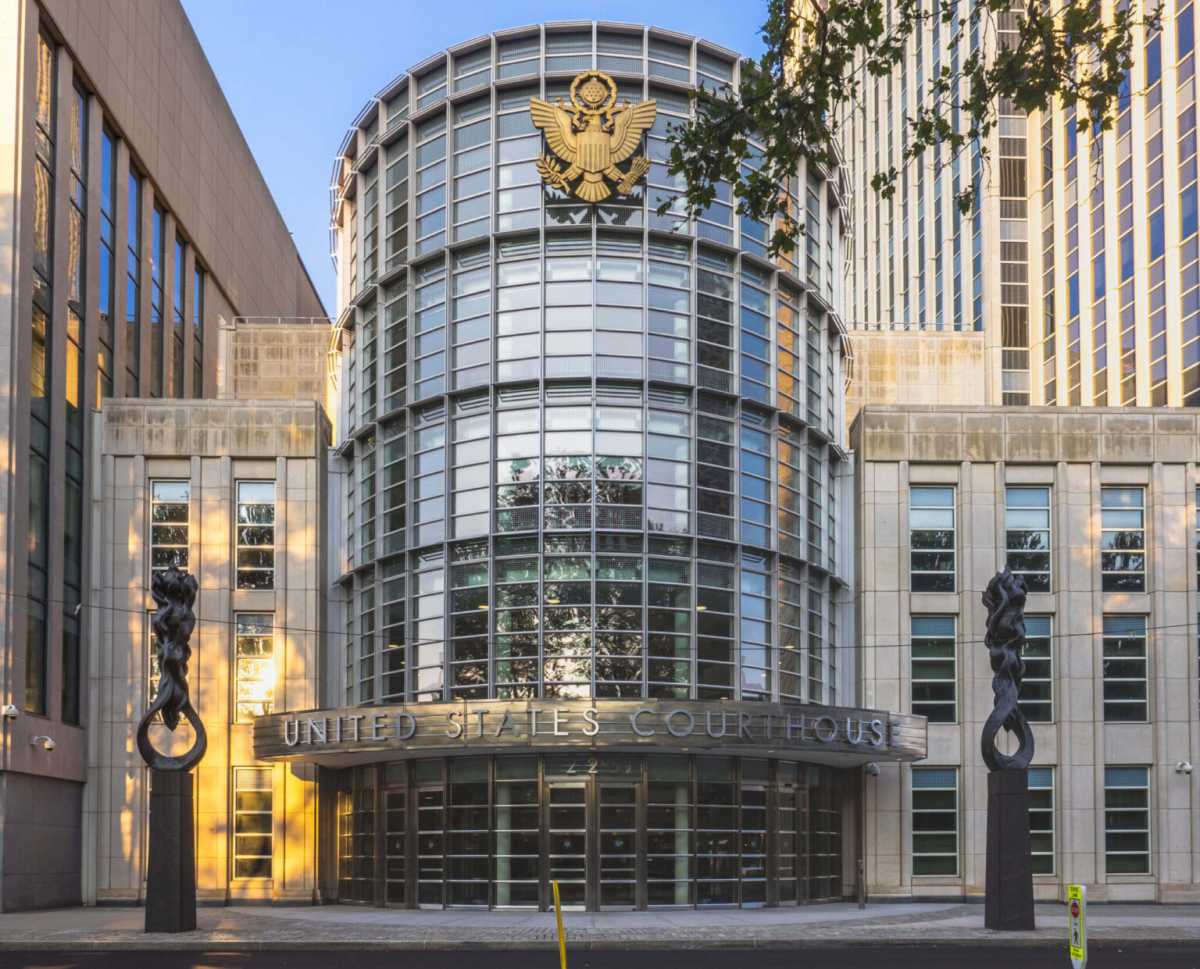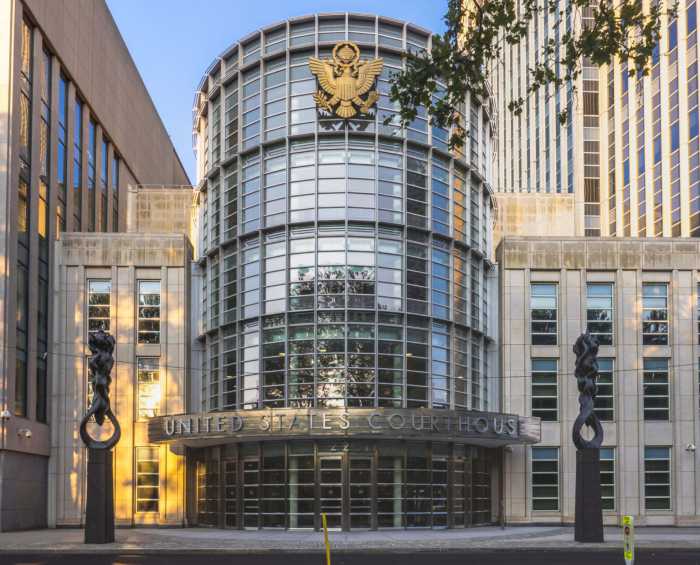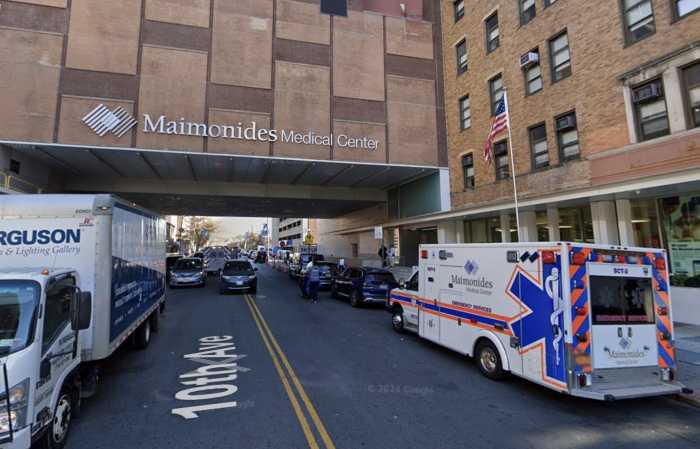Congestion pricing was due to be one of the greatest experiments in New York City’s history, but with Gov. Kathy Hochul sending it into limbo indefinitely, this experiment and its impacts are now the great unknown.
The MTA planned to turn on the Manhattan tolling system on June 30 and reap an estimated billion dollars a year in new funding for improving public transit while also reducing traffic in Manhattan.
Then Hochul, after previously championing the pros of congestion pricing for years, made a sudden U-turn by putting the entire plan on ice because of its possible negative impacts — namely the concerns about economic hardships to New York drivers being forced to pay a new toll to commute into Manhattan.
And while New Yorkers continue to debate whether Hochul made the right call here, the MTA received on Friday good news from the federal government: Approval of the final congestion pricing plan.
That may seem like a few grains of salt in the MTA’s wound of having lost congestion pricing (allegedly for now), but the Federal Highway Administration’s (FHWA) approval of congestion pricing seemed to dispel much of the main arguments critics made to deride the plan — which became much of Hochul’s basis for shelving the toll.
The FHWA says that congestion pricing would provide “travel-time savings and travel-time reliability improvements, as well as reduced vehicle operating costs.” They projected no major negative implications of congestion pricing on the city’s labor force, particularly among those in the taxi and for-hire vehicle industries. The impacts on the costs of goods, the agency found, would also be negligible.
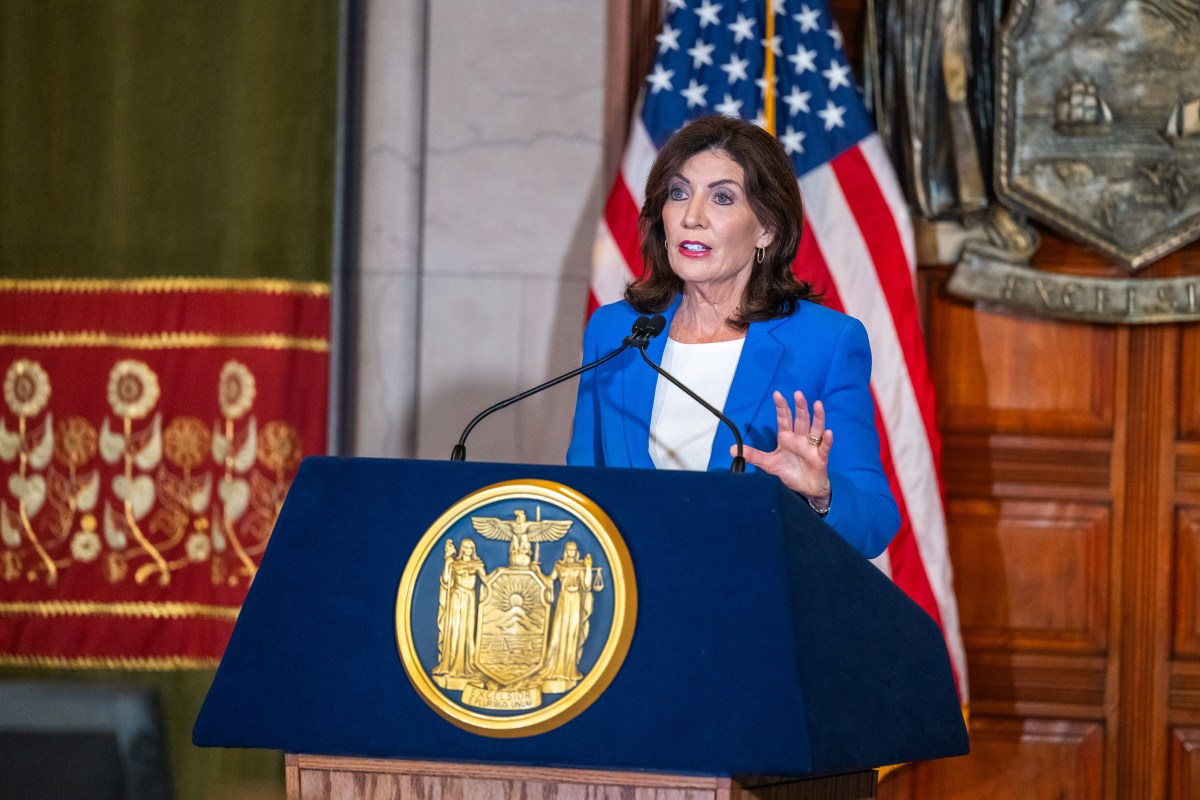
Moreover, the FHWA projected a 17% decrease in traffic volume around Manhattan, including a 55% drop in truck traffic. And the agency also indicated the plan would lead to slight improvements in the region’s air quality.
Seemingly all of the boxes on the list of congestion pricing positives were checked off by the federal government — reduced traffic, cost savings to drivers, negligible cost impacts, cleaner air. Ironically, that approval isn’t worth much because Hochul refuses to sign off on it for the time being — though the administration says it is keeping “all options available as discussions continue regarding next steps.”
But what, we ask, is left to discuss?
This plan is ready to go right now. Every day without an alternative plan costs the MTA more in deferred expenses, and moves the city’s public transit system one step closer to ruin.
If congestion pricing is activated and fails to live up to its positive expectations, then it will be time to shut it down and start over. But we will never know whether it works if it is never activated.
All Governor Hochul needs to do is start congestion pricing up, and let New York prove it right or wrong.
